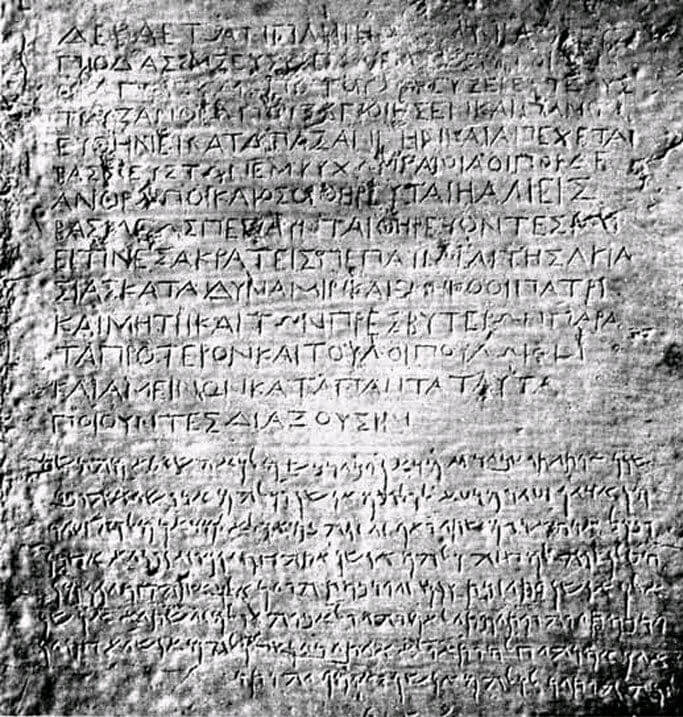
The Silk Road was a network of ancient trade routes that connected the East and West, stretching over 7,000 miles from China to the Mediterranean Sea. The Silk Road was named after the lucrative silk trade that flourished along its routes, but it was also responsible for the exchange of a wide variety of goods, ideas, and cultural traditions.
The history of the Silk Road dates back to around 200 BCE when the Chinese Han Dynasty opened up trade with Central Asia. However, it was during the Han Dynasty’s expansion westward that the Silk Road truly began to take shape. The Chinese were eager to trade silk, tea, and other luxury goods for horses, which were necessary for their military campaigns. As a result, the Silk Road became a vital route for trade and exchange.
Over the centuries, the Silk Road grew in importance as it facilitated not only trade but also the exchange of knowledge, religion, and culture. Buddhism, which originated in India, spread throughout Central Asia and China via the Silk Road. Similarly, Islam, which was founded in Arabia, spread across Central Asia and into China via the Silk Road.
One of the most famous travelers along the Silk Road was the Chinese Buddhist monk Xuanzang, who journeyed to India and back in the 7th century. Xuanzang’s travels are chronicled in his book, “Records of the Western World,” which provides valuable insights into the cultures, religions, and societies he encountered on his journey.
The Silk Road also played a key role in the development of trade and commerce. Merchants would travel along the Silk Road with caravans of goods, trading silk, spices, ceramics, and other luxury items. Cities and towns grew up along the route, providing services and goods to the merchants and travelers.


However, the Silk Road was not without its dangers. Bandits, thieves, and warlords were common along the route, and merchants had to pay tribute and taxes to local rulers in order to ensure safe passage. Nevertheless, the potential rewards were great, and the trade along the Silk Road continued to flourish.
The importance of the Silk Road began to decline in the 15th century with the rise of sea trade routes. European powers began to explore new trade routes to the East, and the discovery of sea routes around Africa and across the Atlantic Ocean meant that goods could be transported more easily and cheaply than overland along the Silk Road.
Today, the Silk Road is still remembered as a symbol of cultural exchange and trade between East and West. Many of the cities and towns along the route still bear witness to the trade and commerce that once flourished there, and the legacy of the Silk Road can still be seen in the art, architecture, and cultural traditions of the region.
In recent years, there has been a renewed interest in the Silk Road, with China’s “Belt and Road Initiative” aiming to revitalize the trade routes and promote economic cooperation and cultural exchange between countries along the route.
In conclusion, the Silk Road was an important route of trade, commerce, and cultural exchange that linked East and West for centuries. It played a key role in the spread of religion, ideas, and knowledge, and facilitated the exchange of goods and luxury items. Today, the legacy of the Silk Road continues to inspire and inform our understanding of the ancient world and the complex networks of trade and commerce that existed at that time.
